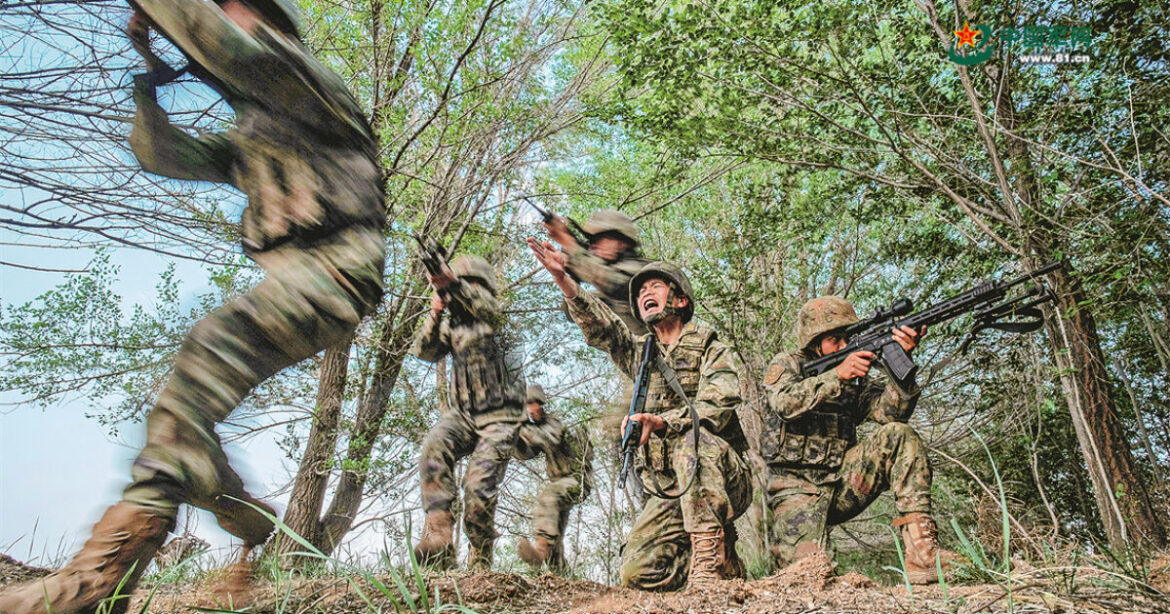Pivot to the Pacific: America’s New War Doctrine to Counter China’s Rising Threat
For nearly 80 years, the United States adhered to a global defense doctrine built on the belief that it must be ready to fight and win in multiple theaters simultaneously. From Europe to the Middle East to East Asia, American power projected stability. But that legacy strategy—born in the crucible of World War II and sustained through the Cold War—has now been upended.
In 2025, under Defense Secretary Pete Hegseth, the Pentagon issued its most dramatic military transformation in decades: a strategic pivot focused almost entirely on deterring Communist China.
From Multi-Theater to China-First
Hegseth’s internal March 2025 guidance called on the Department of Defense to “assume risk in other theaters”—a blunt acknowledgment that the U.S. can no longer sustain equal commitments across the globe. Instead, China’s military rise is viewed as the primary existential threat requiring focused, overwhelming deterrence.
While Russia, Iran, and North Korea remain active threats, the Pentagon is pressuring allies to step up regional defense responsibilities, signaling a new era where U.S. global hegemony becomes more selective and strategically constrained.
A Stark Warning at Shangri-La
At the Shangri-La Dialogue in Singapore this May, Hegseth issued the Pentagon’s most urgent warning yet about Beijing’s ambitions:
“The threat China poses is real, and it could be imminent… They are actively training for an invasion of Taiwan and war with the U.S., every day.”
This public declaration marks a significant tonal shift from prior administrations. For the first time, U.S. defense leaders are openly acknowledging the possibility that China could act militarily well before 2027, accelerating their timeline for regional dominance.
Realignment in Action: Troop Movements and Missile Redeployments
Evidence of the pivot is already visible. U.S. forces have begun temporary redeployments, including shifting Patriot missile systems from South Korea to the Middle East—a move requiring 73 C-17 flights—showcasing the scarcity of critical resources.
In the Pacific, the Pentagon has embarked on major infrastructure upgrades:
-
Guam: $10 billion is being spent to fortify Andersen Air Force Base and restore Tinian’s WWII-era airfield.
-
Japan: The U.S. has secured access to new civilian ports and airports to decentralize its force posture.
-
Philippines: Four new American bases are being stood up.
-
Australia: U.S. troop rotations in the north are increasing.
This is the largest U.S. military buildup in the Pacific since World War II, with an emphasis on dispersed bases, hardened defenses, and a network of airfields that can survive a Chinese first strike.
Preparing for War in All Domains
This new doctrine isn’t just geographic—it’s multi-domain. The U.S. Army’s new Theater Strike Effects Group integrates:
-
Space operations
-
Electronic and cyber warfare
-
Hypersonics
-
Mid-range fires
-
Non-lethal targeting
Simultaneously, the Pentagon is constructing composite air defense battalions—the first of which will be fully stationed in Guam by 2027—to blunt China’s formidable missile and drone capabilities.
Building a Pacific Defense Pact
Though regional giants like India and Singapore are unlikely to formally join a U.S.-led alliance, they may participate as observers in the proposed Pacific Defense Pact—a fledgling coalition modeled on NATO but focused solely on deterring Chinese aggression.
Meanwhile, technology-sharing agreements with Australia and the Philippines are deepening, helping build an allied deterrent that places American and partner forces closer to flashpoints, but safely outside China’s missile range.
The China-Russia-Iran-North Korea Axis
The Pentagon’s strategic realignment is not happening in isolation. U.S. officials now openly warn of a growing axis of authoritarian states:
-
China and Russia collaborating on air defense and intelligence
-
Iran contributing drone and missile technology
-
North Korea supplying rocket artillery and cyber expertise
This coordinated network threatens U.S. interests across domains, from electronic warfare to global disinformation. The Pentagon now faces a cold reality: resources shifted to Asia create vulnerabilities elsewhere.
Conclusion: Toward a Single-Theater Superpower
The shift from a multi-theater superpower to a China-focused defender marks a radical change in U.S. military posture. While strategic flexibility remains essential, the coming years will see a defense strategy defined not by the capacity to fight anywhere—but by the imperative to deter war in one place above all others: the Indo-Pacific.
If war with China is to be prevented, it will be through credible forward positioning, robust alliances, and the resurrection of Cold War-style readiness—now laser-focused on Beijing.

